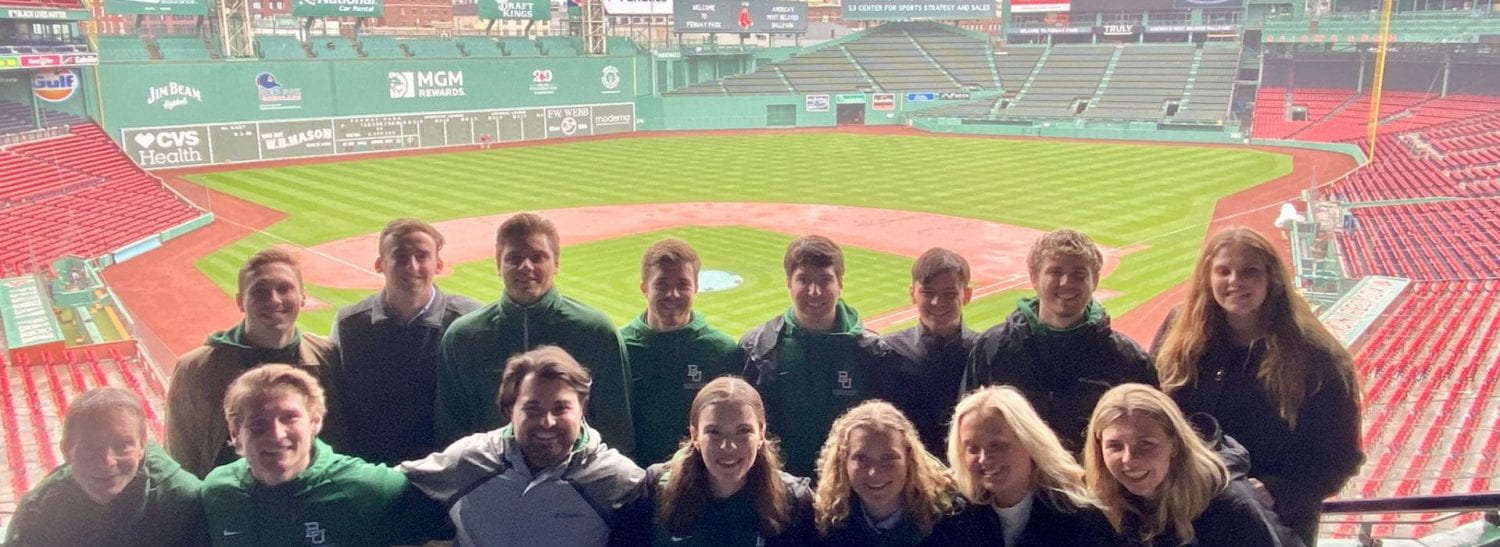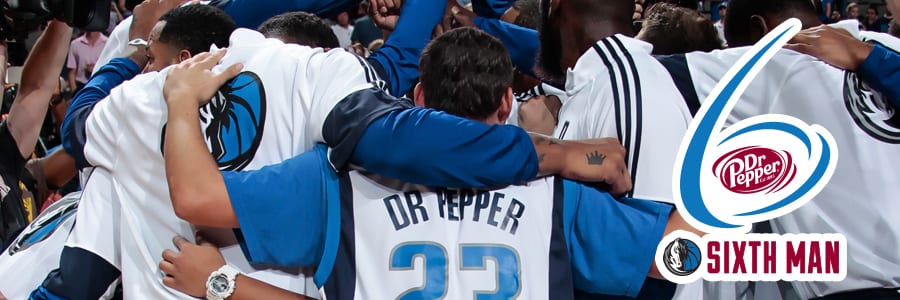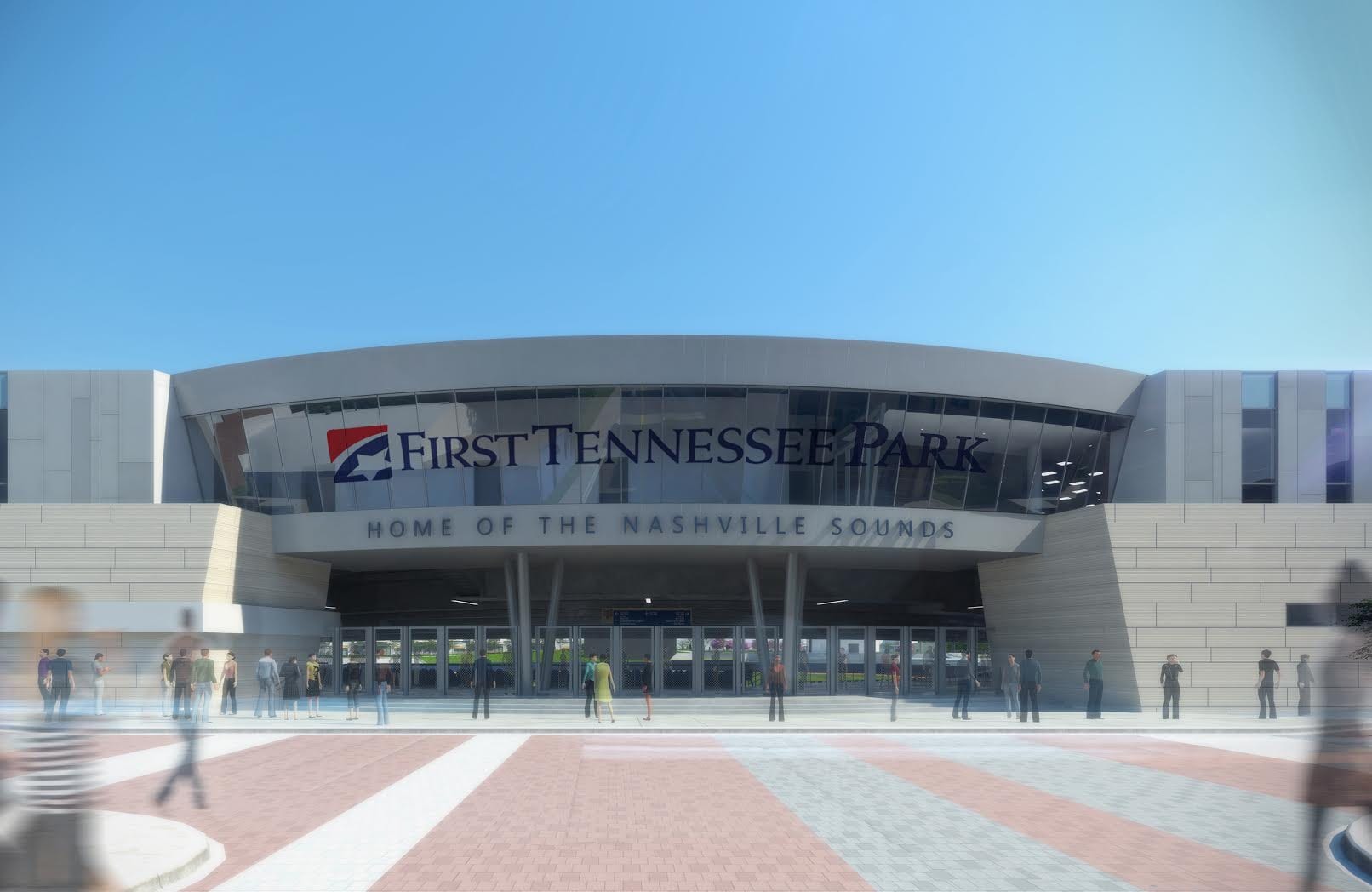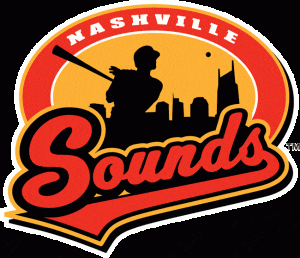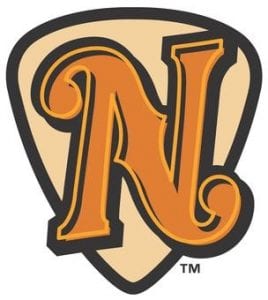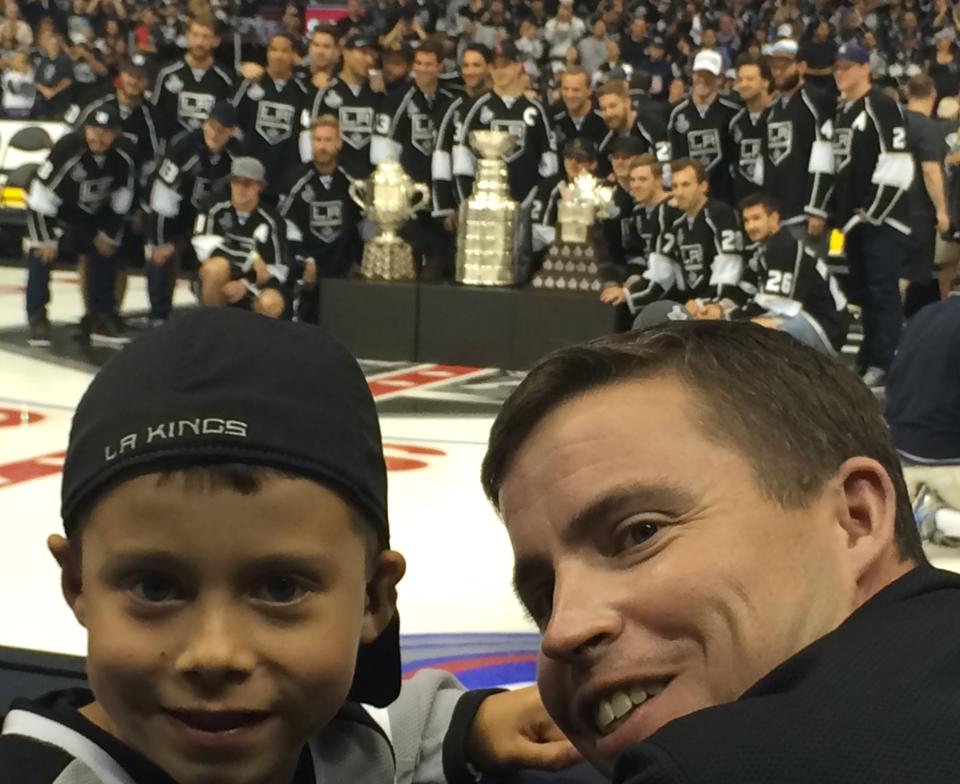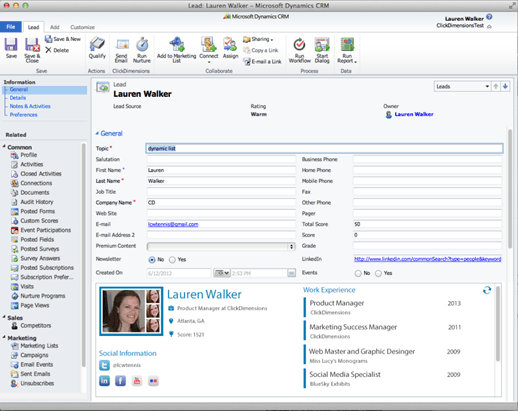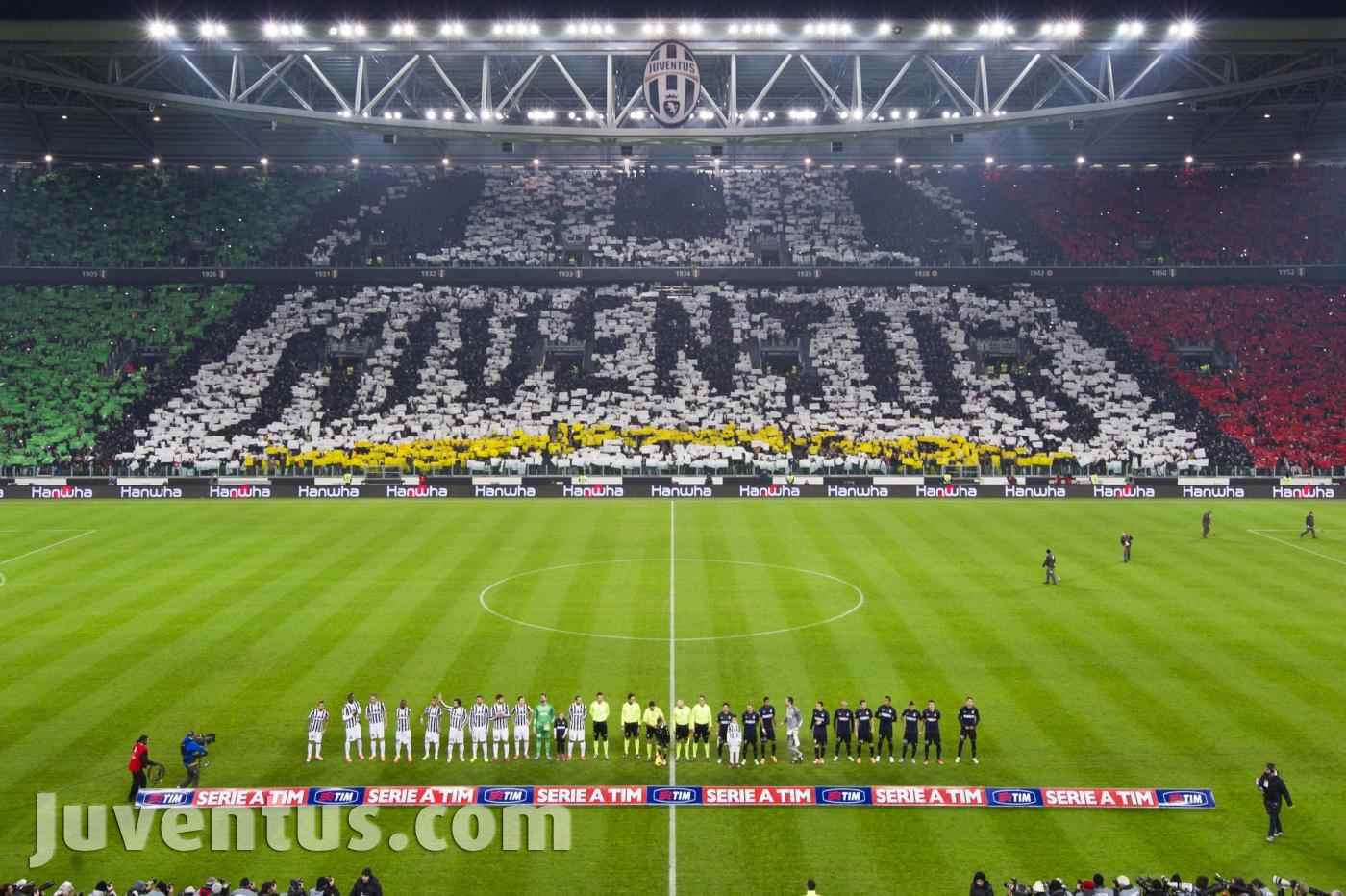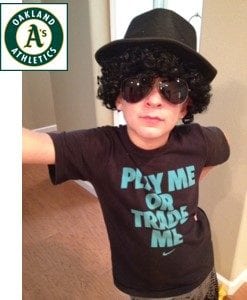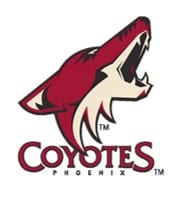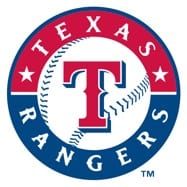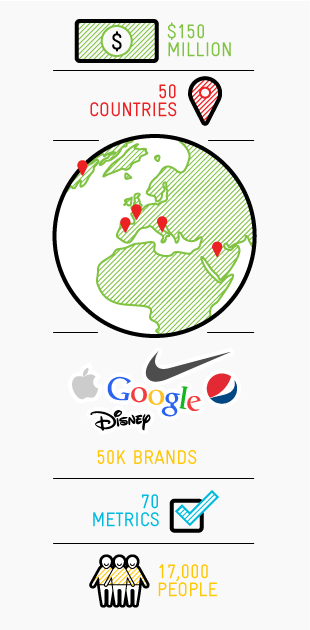by Alexis Sidney – October 2015
Successful sales teams build strong relationships. Client relationships are important. Building strong relationships within the company and specifically with the marketing department is also important. Marketers support revenue generating goals by crafting a strong and memorable message, building an effective and integrated promotional plan, and reaching beyond the typical target audience.
The sales staff and management can work effectively with the marketing team to maximize sales and revenue by following these five guidelines:
- Build a relationship. As with any coworker, build a rapport with your marketing contact so you aren’t only reaching out when you need something. Show an interest in his or her job and learn what responsibilities s/he has. Encourage them to get familiar with your role as well.
- Share your strategy. Let marketing know your goals. What does success looks like for each project? In general, salespeople and marketers provide unique perspectives on the same task. Inter-department collaboration on a marketing and sales plan will encourage teamwork and promote an understanding of each other’s goals.
- Get a point person. At the Mavs, a marketing position serves as the primary liaison for ticket sales creative and promotional requests. The marketing contact collaborates with ticket sales and gains a thorough understanding of their needs while maintaining final creative approval. It also encourages a sales focused perspective when making marketing decisions such as theme nights, promotions, premium items, etc.
- Plan ahead. One of the most important factors in creating a successful marketing campaign is preparation. Sales employees are sometimes shocked to learn the lead time required to send a seemingly simple message. Many moving pieces need to be coordinated internally before going public. Marketing needs time to design graphics, create messaging, schedule promotions and advertisements, and ensure accuracy before moving forward. Messages can change quickly during a season, so it is important to prioritize major or recurring sales goals in advance to ensure that these messages get necessary time and attention.
- Keep open lines of communication. Marketing contacts are usually the most informed on the upcoming communication priorities across the organization. Be sure to include at least one marketing contact in your annual planning and relevant department meetings. Keep them up-to-date on your upcoming priorities. This will allow them to integrate fresh sales messages into promotional schedules and recommend additional sales opportunities throughout the year that might otherwise be overlooked.
Although we work in different departments, we are all on the same team. It’s everyone’s job to sell tickets, “put butts in seats,” generate revenue, drive fan engagement and create memories. Help us help you (and hopefully you’ll help us too).
